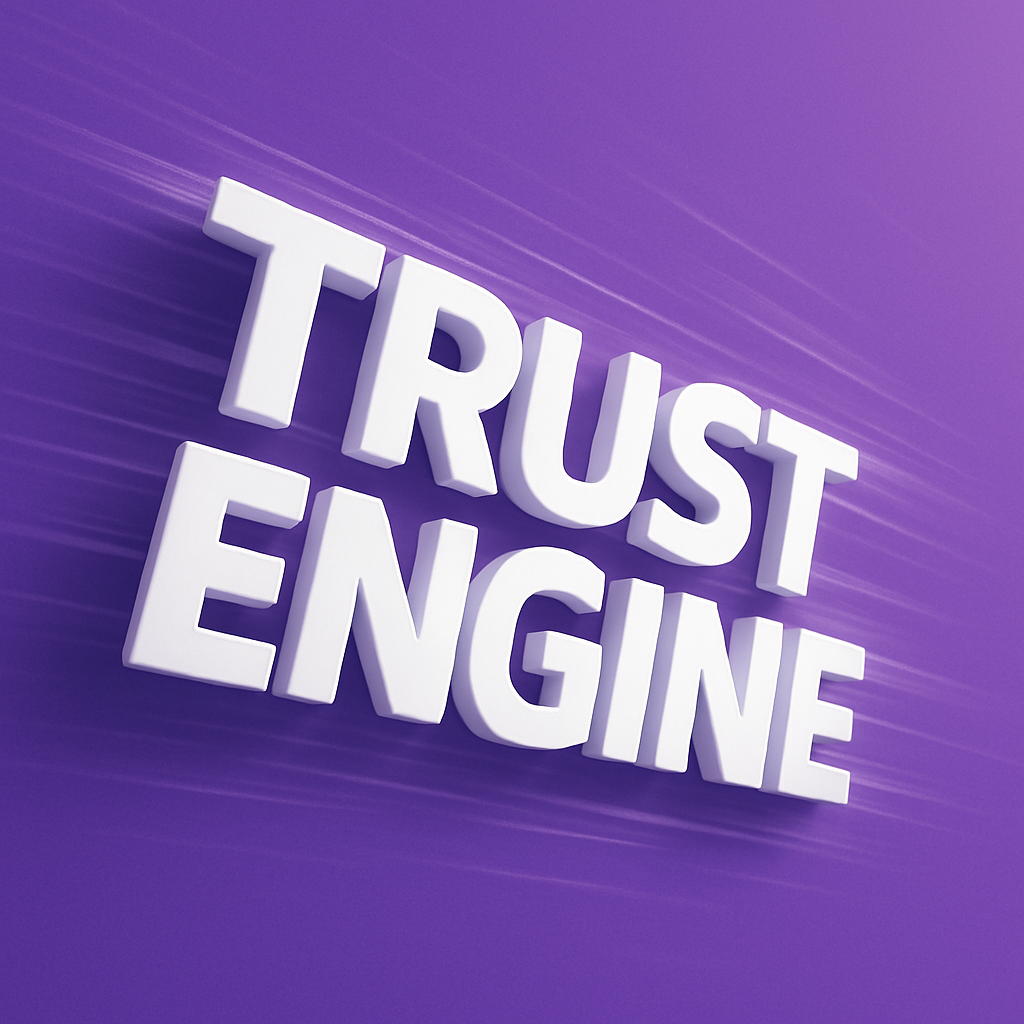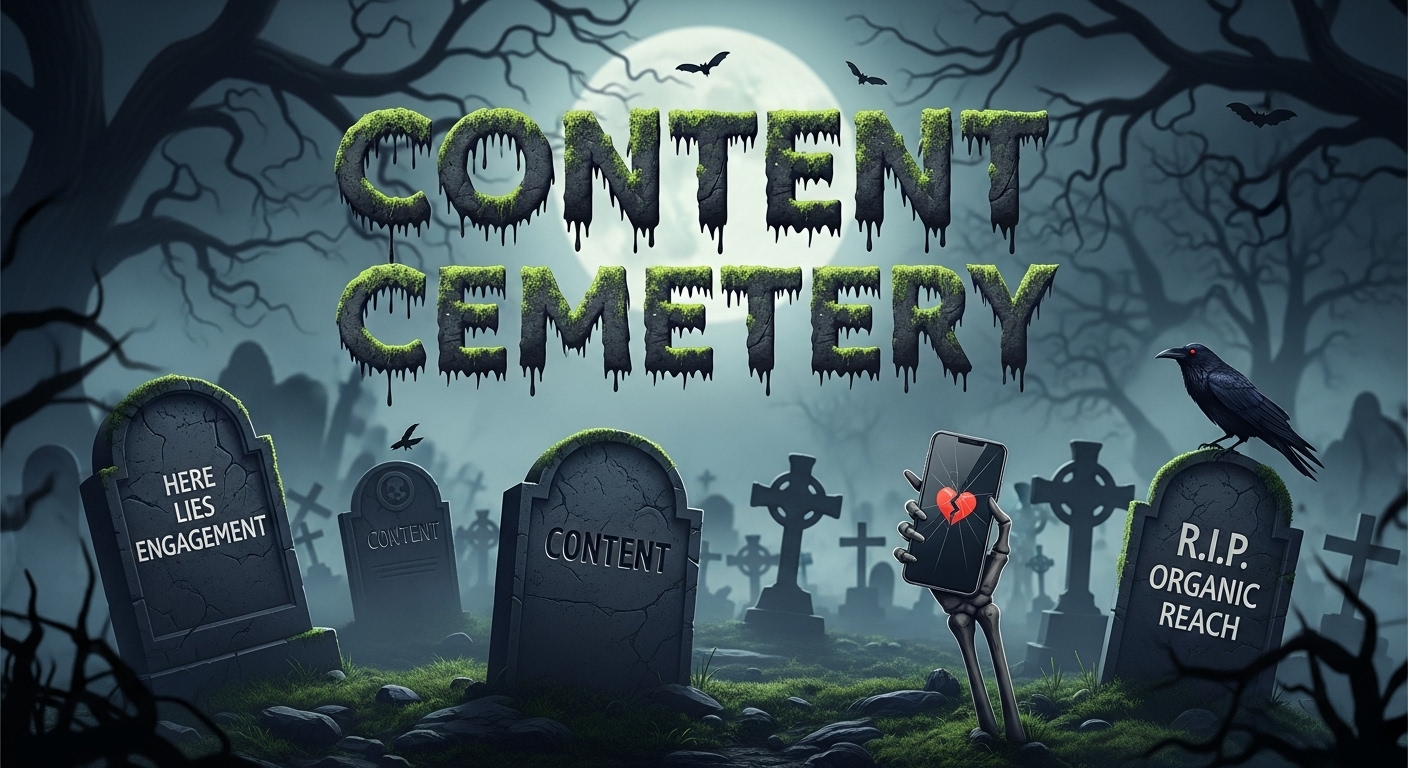
Workshop: Unlocking the Mystery of High-Performing Content

After five years of steady budget growth for content marketers, important questions are now being heard from CMOs and their finance partners:
- What does this content marketing investment return to the business?
- What parts of the content investment are truly high performing?
- What is the right balance of leading and lagging KPIs?
These questions are easy to ask, yet hard to answer. Many content teams are unclear on the important outcomes and objectives they should be pursuing, and almost 50% do not even have a documented strategy to pursue.
About the session
In this workshop, Knotch revealed how best to share results to various stakeholders from the content team itself, to channel owners, agency partners, brand leaders and executives. Learn the importance of having a consistent measurement framework and how it can align teams and stakeholders within an organization, and understand the concept of “corrosive content” and how it can negatively impact a brand.
Agenda
– Discussion about the importance of measurement frameworks
– Explanation of how the Knotch team thinks about measurement
– Discussion about the misalignment of stated objectives and metrics or KPIs
– Explanation of how to create a measurement framework
– Workshop of sample frameworks
Key Takeaways
Takeaway 1: The importance of a measurement framework for high-performing content organizations
The workshop emphasized the significance of a measurement framework in driving the success of a content operation. Speakers David Brown and Erin Molloy stressed that a well-constructed framework can align objectives, strategies, and metrics, leading to more effective content.
“We’re going to introduce the construct, which Knotch uses across all our customers and has been tried and tested,” Brown stated. He added that the measurement framework is the heart of a successful content operation and it inspires high performing content.
They also highlighted that a measurement framework helps in exposing the misalignment between stated objectives and the metrics or KPIs being used, which is a common problem in content marketing.
Takeaway 2: The problem of ‘corrosive content’
The workshop highlighted a concept termed as ‘corrosive content’, representing the content that generates high engagement but negatively impacts the brand perception. The speakers emphasized the need to identify and manage this type of content effectively.
Brown explained, “Corrosive content is content, which is the most dangerous because it’s building a big audience, but actually has below average performance, whether it be below average sentiment or conversion rates.”
The speakers advised that it is essential for content teams to identify corrosive content and act swiftly to revise and cease promotion until the revisions show positive results.
Takeaway 3: The significance of aligning metrics with business outcomes
The speakers emphasized the importance of aligning metrics with business outcomes to ensure effective tracking and measurement of content performance. They presented a construct that anchors back to the brand and vision, eventually showing how efforts can drive business success.
Molloy explained that it’s crucial to differentiate between metrics and KPIs, and to identify data points that can truly communicate an interesting and valuable story. Describing the selection of KPIs, she stated, “Not all metrics are KPIs. So identifying what are the data points that can truly communicate an interesting and valuable story is essential.”
Takeaway 4: The role of measurement in the content marketing maturity journey
The workshop shed light on how the approach to measurement changes as organizations mature in their content marketing journey. It discussed how metrics differ at each level of maturity, emphasizing the role of measurement in driving content performance improvement.
Brown explained, “Level one is basic, where you are really focusing on the SEO ranking, traffic and bounce rates. Level two is tactical, where you add on engagement metrics like scroll depth, time spent, recirculation rate, and the ability to attribute action.”
In advanced levels of content marketing maturity, the focus shifts towards integrating various KPIs together, connecting engagement, brand sentiment, and conversion. Ultimately, he said, it’s about operationalizing insights to drive program performance improvement.
Important Insights
– A measurement framework is the heart of a successful content operation.
– There is often a misalignment between stated objectives and the metrics or KPIs being used.
– Only 10% of enterprise marketers strongly agree that their organization measures content performance accurately.
– A consistent measurement framework can align teams and stakeholders within an organization.
– It’s important to share results with stakeholders and package insights appropriately for different levels of stakeholders.
– It’s crucial to store insights safely and make them accessible for future reference.
Become a thought leader
Become a thought leader
Trusted by the largest (and now smartest) brands in the world.
“Before Knotch we did not understand what content was driving business results. Now we understand which content moves the needle. Knotch’s cohesive reporting and insights paint a real picture of what’s happening on our website instead of the patchwork quilt that comes from a Google Analytics approach. With Knotch we have been able to re-prioritize ad spend, route better leads to our SDR team, and inform our content development initiatives.”

"The Knotch platform ensures that we deliver high-performing content tailored to young home shoppers, enhancing their experience and driving better business outcomes.”

"Our partnership with Knotch has been highly successful, empowering us to leverage data-driven insights and refine our content strategy.”









